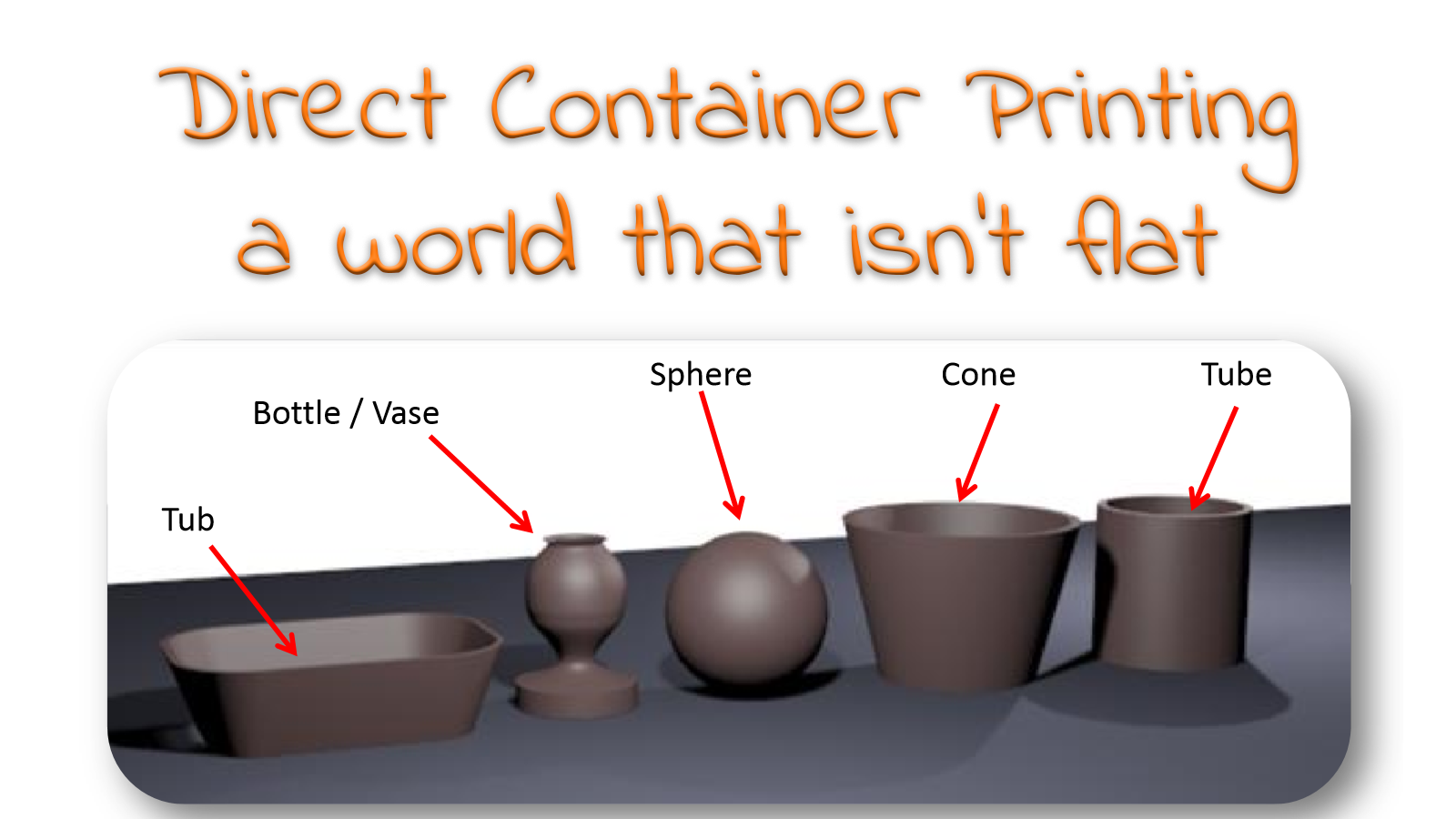
Printing on a flat sheet of paper is easy. Printing on a different kind of flat substrate might already require more attention, e.g. special inks might be necessary. But when you are moving into direct container printing, you are in a completely different world. A world that isn’t flat: it can be cylindrical, but also conical or even one with multiple ups and downs, called ‘discontinuous shapes’. How you can print on those kind of shapes, is a typical topic at the Direct Container Print conference (DCP).
Printing directly on containers can be done with different printing technologies: screen printing, dry offset, pad printing and, of course, digital printing. When working with thermoformable sleeves, which is not direct container printing, however, there are even more possibilities. But in this article, we are focusing solely on inkjet.
Which kind of shapes?
The easiest shape is a tube: a perfect cylinder. A slightly more difficult one is the cone. But when we get to spheres, bottles/vases and tubes, it gets really challenging.
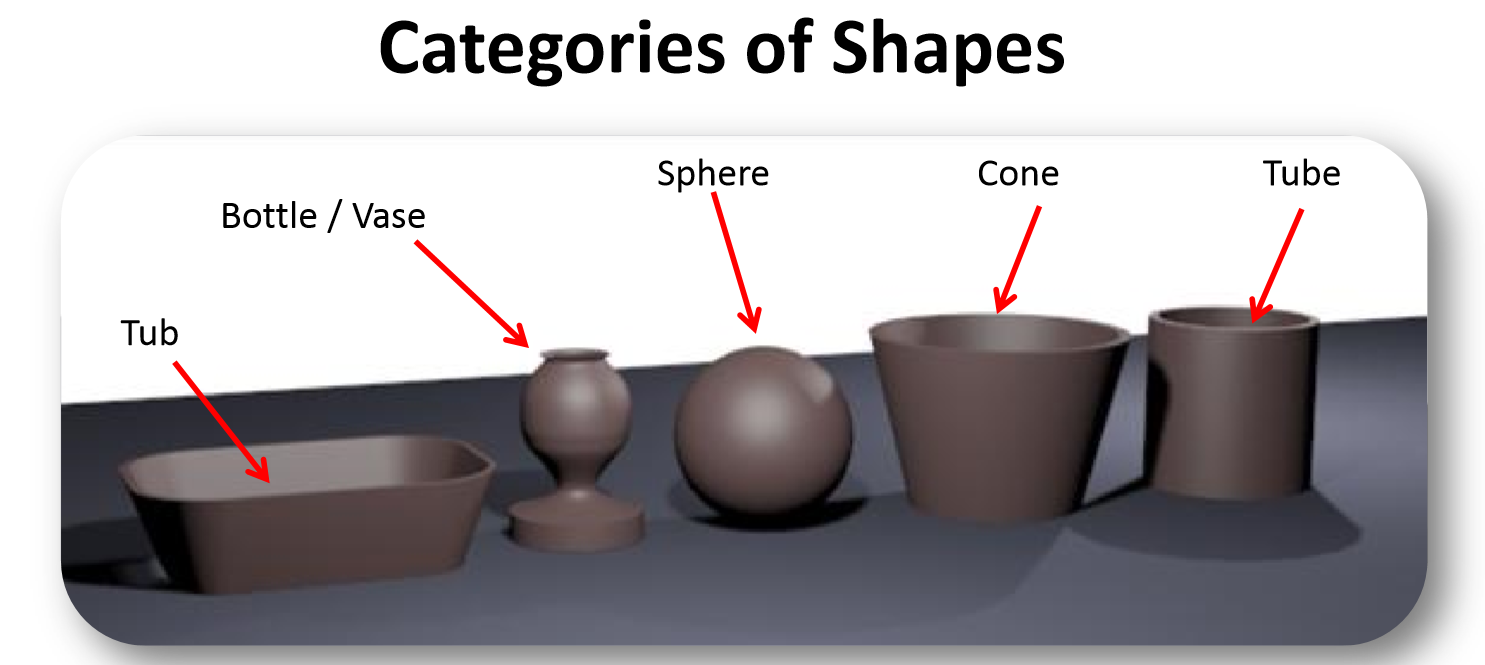
The challenges
The nozzle plate of an inkjet head which will jet the ink, is a flat object. It has multiple lines of nozzles. So imagine how you need to place it to print on a round tube. I guess you will immediately see one of the challenges: the distance between the tube and the nozzles varies, due to the curvature of the tube. Which is really a challenge: Drops of ink can only be jetted a few mm far. Accuracy of drop placement is related to the distance between nozzle and object.
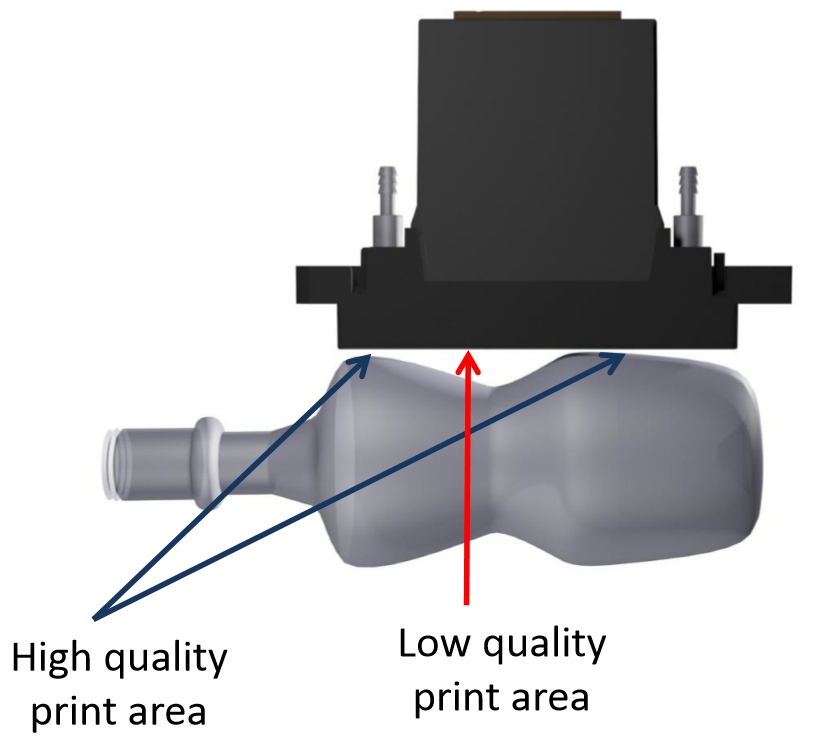
When moving from a perfect cylinder to a conical shape, it gets even more challenging: when rotating the object under the printhead, the angular velocity will stay the same, but the linear velocity won’t. The complete object will make a 360° rotation in the same amount of time, but since the circumference of the ‘thin’ side is smaller than the circumference of the ‘thick’ side, the linear velocity, measured e.g. in centimeter/second, will be smaller. If you jet ink with the same frequency at both the thin and the thick side, the resolution will be lower on the thick side: there will be fewer drops per inch. And that is just one of the technical difficulties you need to keep in mind.

And if we take it one step further, we end up with bottles with different diameters, with thicker and thinner parts. The diameter of the ‘thinner side’ can easily be multiple millimeters, even a centimeter smaller than the thickest side. Try to imagine how you need to place your printhead to be able to print on that!
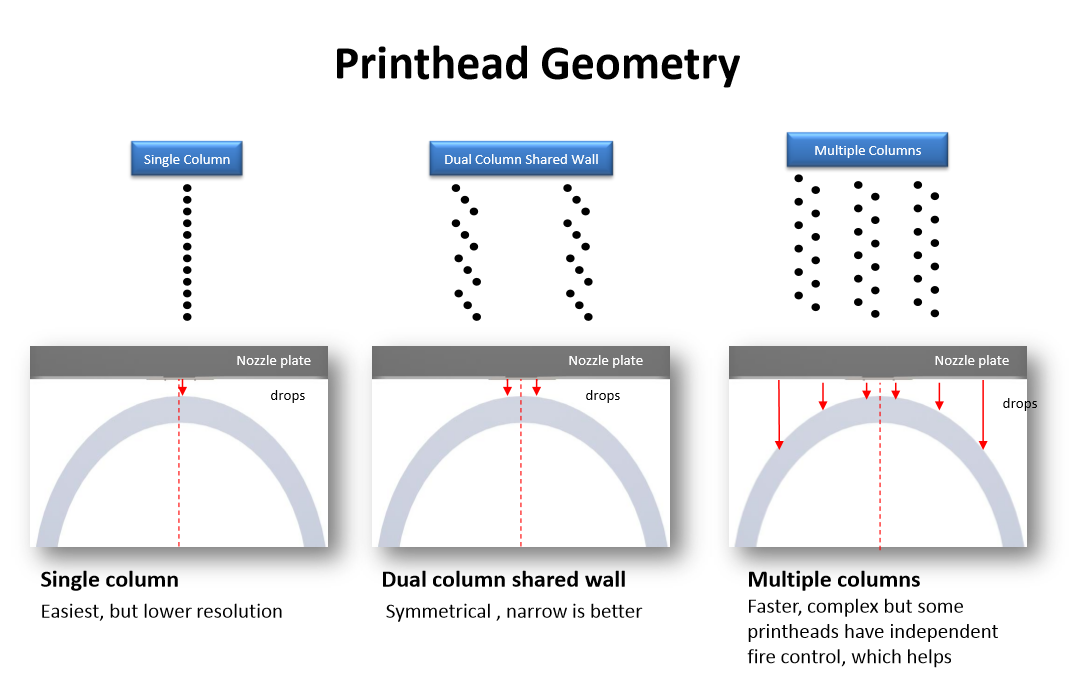
And if these bottles aren’t complex enough, you could also try to print on ‘discontinuous shapes’, think your butter cups. The straight sides will be rather easy, but then you have the curvature at the sides. And usually the image printed is not just a flat color: it is an image. So you need to ‘warp’ the image in the right way to have a nice print. This is a really specialised job.
Why is this important?
The use of digital printing, and certainly inkjet printing, has been growing significantly, also in special areas like direct container printing. But when talking about objects that are not flat, we enter a world that is much more complex than printing on a flat substrate. You need a lot of expertise to get things done. The Direct Container Print conference is a unique opportunity to get to know which challenges – and solutions – there are. And it’s also the perfect place to meet the key players, the experts in this field.
Check the program right now and register for this unique event! http://www.dcp2017.org/
Debbie Thorp from Global Inkjet Systems will hold a presentation during DCP 2017: “Inkjet printing onto spheres”.
This article first appeared on the DCP2017 website.

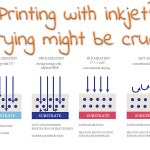
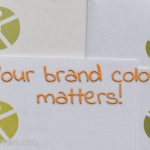


Be the first to comment